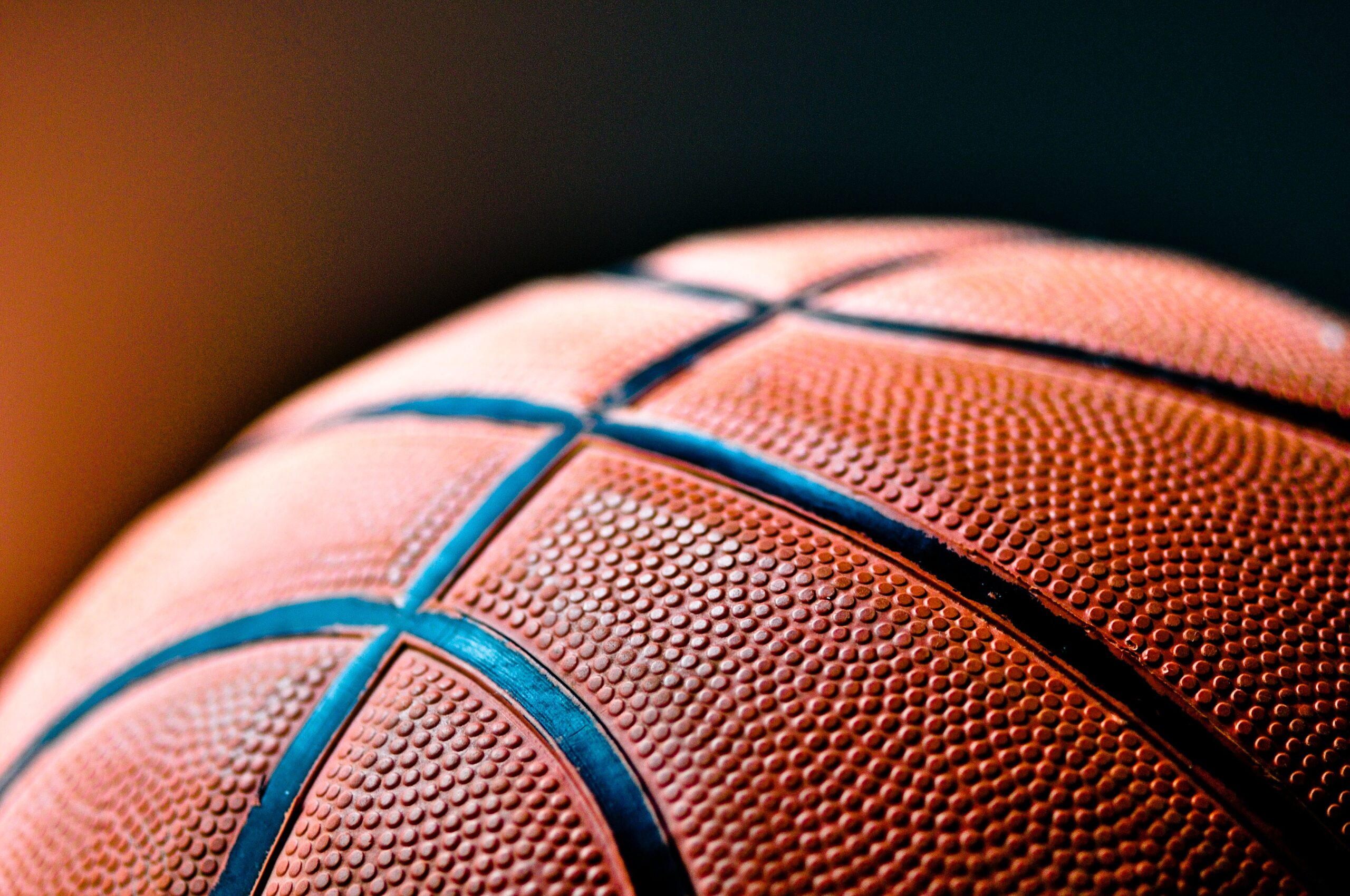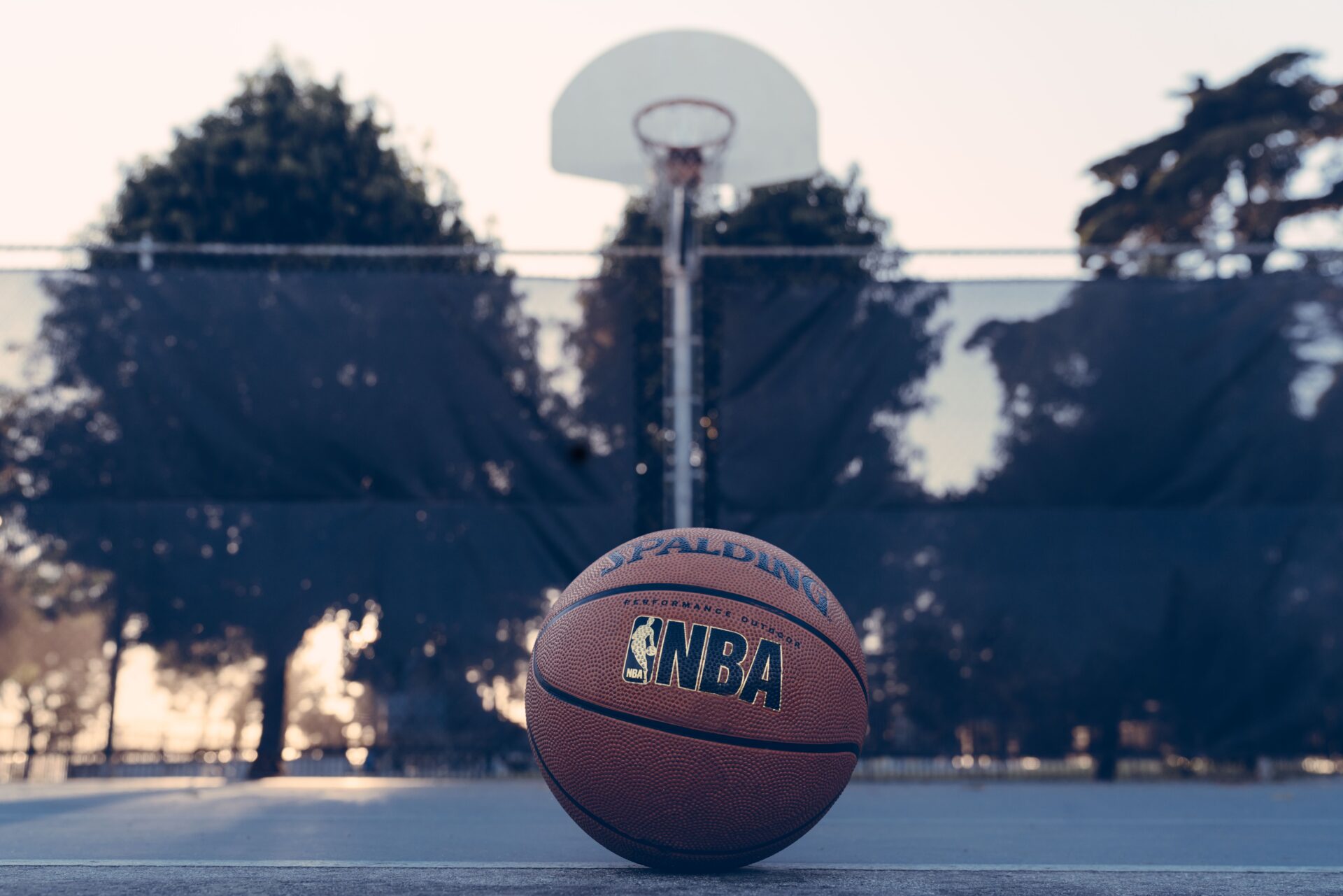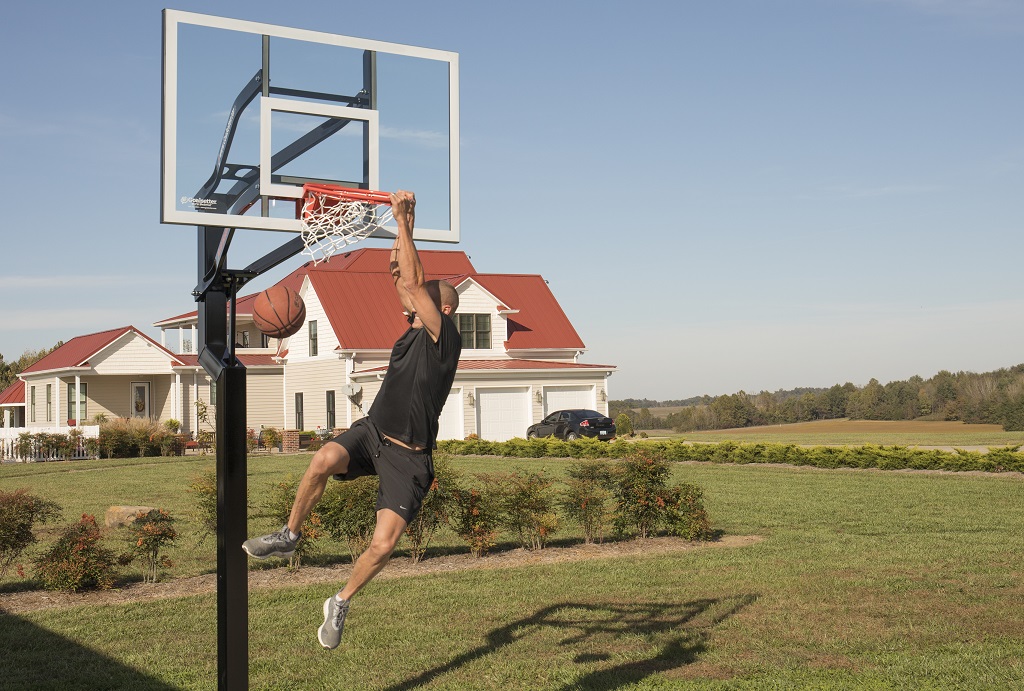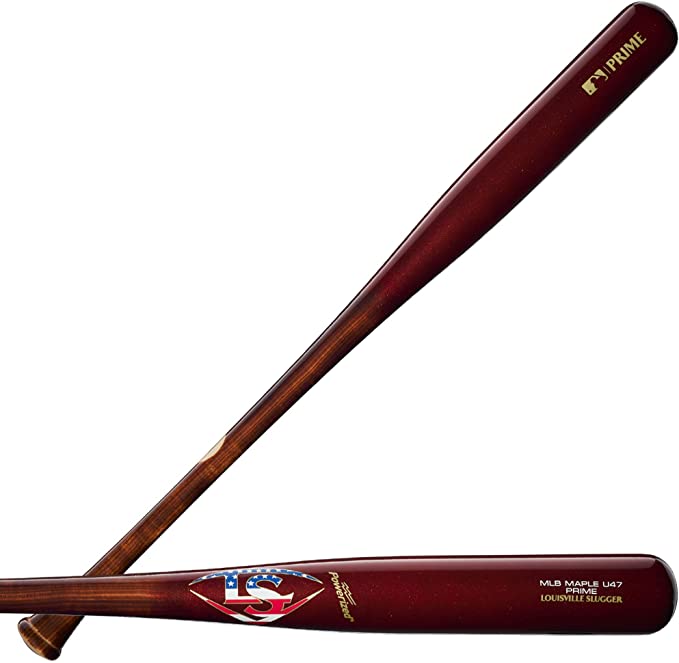From the word itself, an assist in basketball is given to a player who passed the ball to a teammate, leading to a successful shot attempt. It is the act of ‘assisting’ or helping your teammate shoot the ball (or score) without further hassle.
You call it assist when you pass a ball to a teammate, and that teammate immediately throws it to the basket, no dribbling and running for 3 seconds and giving your team two points or three points depending on where your teammate stands.
Rebounds steal, blocks, and points, are said to have a fixed scoring system but scoring the assists is most likely subjective, especially in the National Basketball Association (NBA) league. It is subjective in a way that assists come in many forms such as kind of passes, post-ups, fast breaks, lobs, etc.
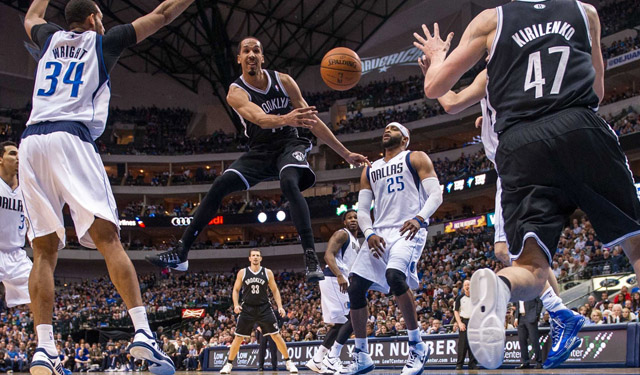
So it is up to the scorekeeper to see and decide whether the executed assist (‘pass’ for that matter) qualifies the criteria. You will not be given a score if the player was fouled by the opposing team, resorting to free throws even if the assist is good.
Many basketball enthusiasts observe that assists are integral for the team to continuously shoot and score; thus, they are more likely to win the match since the ball quickly rotates among teammates.
Types of assists
1. Illegal assists
In this type of assist, players cannot make in contact with the ball if it is already on the rim. For instance, it would be an illegal assists if the ball is already on the rim and the player suddenly tapped it into the hoop to ensure to get the score.
2. Secondary assists
It is described as a pass that will eventually turn out to be an assist. This happens when the teammate successfully shoots the ball that the other teammate just passed.
3. Free throw assists
This happens when the player passes a ball to another teammate, but a player on the other team fouls the one who holds the ball. The player will only be fouled within four seconds or before the player dribbles twice.
Scoring the assist in basketball
/cdn.vox-cdn.com/uploads/chorus_asset/file/19778172/2012041.jpg.jpg)
There is an’ Assist Percentage in monitoring the assists’ scores. This scoring system approximates and estimates teammates’ percentage that a player assisted inside the court during the game. The formula goes as:
100 x AST / (((MP / (Tm MP / 5)) * Tm FG) – FG)
where:
AST = Assists
MP = Minutes Played
Tm = Team
FG = Field Goal made (2-point or 3-point)
Who gets the most assists in a basketball game?

Point guards
On average, they make an average score of 4 assists in a game. They are the ones who make great assists because they are the handlers and passers of the ball.
Center position players
Center position players are always inside the court; that’s why they have the best position to make an assist. They are considered as the big scorer and the final line of defense.
Who has the highest assist score in basketball history?
Below are the top 20 NBA players with the most assists in the history of basketball:
1 John Stockton – 15,806 AST
2 Jason Kidd – 12,091 AST
3 Steve Nash – 10,335 AST
4 Mark Jackson – 10,334 AST
5 Magic Johnson – 10,141 AST
6 Oscar Robertson – 9,887 AST
7 Chris Paul – 9,832 AST
8 Lebron James – 9,512 AST
9 Isiah Thomas -9,061 AST
10 Gary Payton – 8,966 AST
11 Andre Miller – 8,524 AST
12 Rod Strickland – 7,987 AST
13 Russell Westbrook – 7,412 AST
14 Maurice Cheeks – 7,392 AST
15 Rajon Rondo – 7,259 AST
16 Lenny Wilkens – 7,211 AST
17 Terry Porter – 7,160 AST
18 Tim Hardaway – 7,095 AST
19 Tony Parker – 7,036 AST
20 Bob Cousy – 6,955 AST
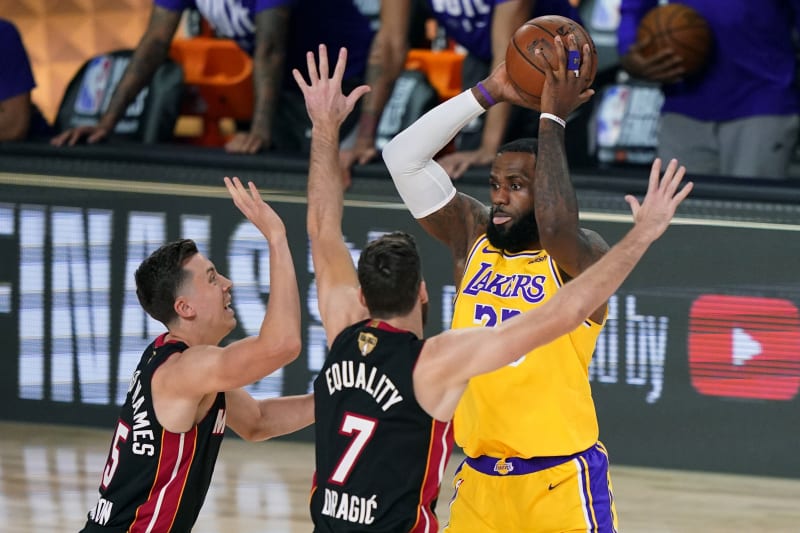
FAQs about assists in basketball
An assist is scored and awarded after the ball has been dribbled twice. It only counts if the pass made led to a successful shot attempt.
Yes, but only if it is passed directly to the scoring player (or field goal).
The prior definition of assist is when you pass the ball, and your teammate immediately makes a basket. However, an assist can also be scored if you pass the ball, but your teammate dribbled first before shooting. 25% of the two-point (or three-point) basket is credited to the assist, while 75% goes to the scoring player.
The NBA does not credit the assist if the shooter is fouled, but FIBA does.
Conclusion
Assists in basketball bring significant contributions to the team. It is vital to learn that a “pass” in a game is not “just a pass.” Sometimes, the credits are only given to the scoring player, the shooting guard, but not to the ones who assist them.
The truth is, getting a high and a favorable number of assists is directly proportional to the higher number of successful shot attempts. It also mirrors a good team play, especially when we know that the ball rotates among teammates and communication is present. It means they are throwing great offensive strategies.
As for individual players, their ability to assist teammates would help bring home the bacon. It reflects the player being sporty and cordial and values not just himself but also the whole team’s sake.


